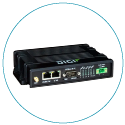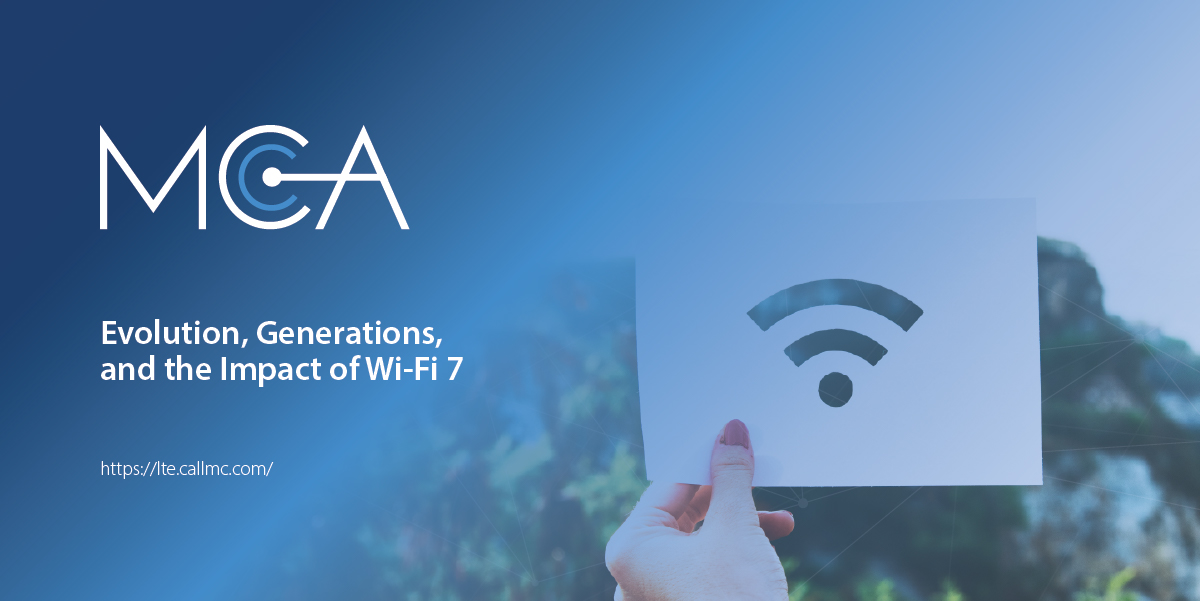The History and Future of Cellular Technology
Reviewing Cellular Technology EvolutionThe evolution of cellular technology over the past decades has been nothing short of miraculous. Coverage has dramatically improved, data is vastly cheaper, and wireless speeds with the latest devices rival landline broadband performance.
Even more exciting is that this rapid pace of advancement shows no signs of slowing down. It's quickening as carriers compete to build next-generation 5G networks.
But what exactly is 5G? Does it even matter how many Gs you have? And what is 4G/LTE, for that matter, and what came before?
Behind the scenes, the cellular world is filled with technical standards and protocols designed to push more data faster with each new generation. While the deeper technical details may be more than most need to worry about, this guide offers a high-level look into the evolution of cellular technologies and what to expect in the years ahead. MCA is at the forefront of these advancements, collaborating with top partners to lead the charge in the evolving landscape of cellular communication.

Where We Have Been?
Cellular technology has undergone four major generations and is expanding into the fifth. New cellular generations emerge roughly every decade but expand, improve, and iterate over their life-cycles.
Here's a look back at the old days, when even basic text messaging seemed exotic and new.
What Is a G?
Long ago, carriers adopted “G” for “Generation” as simple marketing shorthand. When you see terms like 3G, 4G, and 5G, it simply means the 3rd generation, 4th generation, and so on.
Devices of a given generation are usually compatible with at least one or two prior generations. This is an essential trait since cellular networks are often slow to upgrade, resulting in significant generational overlap. However, the reverse is not true—a third-generation device will miss out on all the speed and technical advancements of 4G technologies, and 4G/LTE devices cannot take advantage of the improvements of new 5G networks. This is why regularly upgrading your cellular devices is beneficial to avoid falling behind the technology curve.
The changes between different generations of cellular technologies come down to redefining the rules of how towers and devices communicate, allowing new gear to be developed under those new specifications. Think of it as back in the 1960s, when the maximum highway length for a vehicle was 35 feet. Nowadays, that maximum length is 45 feet, which results in larger vehicles transporting more commercial goods across the country, buses that move more people, and motorhomes with more luxuries.
In other words, evolving the standards to take advantage of newer technologies enables a new generation of more advanced devices that would have been impossible before.
The Olden Days – 1G, 2G, 3G
Verizon and TMobile use CDMA in the US, while most use GSM. Each of these two technologies has its own evolving and incompatible standards. CDMA and GSM competed through the 3G era, but like many technological standards, there could be only one battle.

The 4G Revolution
Early in the 4G era, Sprint bet big on a 4G technology called WiMAX and rushed to be the first to bring next-generation 4G service to market. Meanwhile, Verizon predicted that the future would be the next generation of GSM technology known as LTE (Long-Term Evolution) and began aggressively building out the first and largest 4G/LTE network in the United States. AT&T, also GSM-based, lagged behind Verizon in promoting and deploying LTE.
Seeing the LTE writing on the wall, Sprint stopped expanding its 4G WiMAX network and shifted to focus on LTE, effectively ending the standards battle—GSM and its successor, 4G/LTE, won the war.
LTE: One Unified Global Standard
LTE is a global 4G standard that nearly every phone manufacturer and cellular network embraces. While all carriers use the same standardized LTE technology, they often use different and incompatible radio frequencies.
Even though LTE emerged as the global standard, this standard operates on cellular frequency bands that vary by country and carrier. A smartphone or cellular device isn't truly globally compatible unless it supports most cellular bands in use globally.
Over the last decade, all carriers in North America built robust LTE networks and have now shut down their legacy 3G networks entirely to make room for the rapidly developing 5G.
LTE-Advanced and Carrier Aggregation
Devices that support LTE-Advanced carrier aggregation can combine multiple bands for faster speeds. Living up to its “Long Term Evolution” name, LTE networks were designed to evolve with new capabilities and speeds while remaining compatible with earlier LTE devices. These evolved capabilities are known as LTE Advanced or LTE-A.
The most significant feature that LTE Advanced provided is Carrier Aggregation, which lets an LTE-A radio combine multiple LTE channels from different discontiguous chunks of spectrum to create more bandwidth, supporting even faster speeds. Carrier aggregation is also an important core technology of 5G networks.
Early LTE devices that supported carrier aggregation could combine two 20 MHz channels for a peak theoretical cellular speed of 300Mbps. "LTE-Advanced Pro" takes this even further, supporting over ten data streams, pushing 4G cellular to deliver breathtaking gigabit speeds.
Think of it like a 100-lane highway through the sky!

LTE to 5G Cellular Evolution Transition
The fifth generation of cellular networks, 5G, is quickly expanding, with all carriers making significant network advancements. Like 4G/LTE before it, 5G will grow in capability over time as new standards and iterative improvements are developed and phased in.
However, LTE will remain a core cellular technology for many years. The transition from 4G to 5G will not be quick, and there will be a long overlap period. One key difference in this transition is that 5G and LTE are designed from the start to coexist, making the transition more seamless.
Deciding whether it's time to upgrade depends largely on your geographical location. Urban areas are seeing significant 5G upgrades, and it may be advantageous to take advantage of that. However, in more rural areas, even if 5G is available, speeds may not be much better than LTE, and you'll continue to receive excellent LTE service for years.
Network Retirements and Refarming for the Future
Refarming the Network
The refarming process requires shutting down older networks, which results in slower performance, reduced coverage, and eventual obsolescence for devices reliant on these outdated technologies. However, newer technologies promise faster speeds and greater efficiency, improving overall connectivity. As a result, upgrading devices and technology over time is essential to staying connected.
Transitioning to LTE and 5G
Earlier generation cellular networks have mostly been phased out in favor of LTE and 5G. Here’s an overview of the 2G and 3G shutdowns across major carriers in the United States:
2G Shutdowns
- T-Mobile: Currently the only carrier still utilizing a 2G network in the U.S., T-Mobile initially planned to shut down its 2G network on January 1, 2023, but this has been rescheduled to April 2, 2024. T-Mobile’s 2G network persists due to its minimal spectrum usage and the slow upgrade of legacy 2G systems like wireless home alarms.
- Verizon: Ended its 2G network at the end of 2020.
- AT&T: Shut down its 2G network back in 2017.
- Sprint: T-Mobile shut down Sprint’s 2G network in 2022 alongside the Sprint 3G network shutdown.
3G Shutdowns
All major carriers have decommissioned their 3G networks, relegating older devices to obsolescence. While some local and regional providers, as well as international carriers, may still offer 3G, they too are transitioning to newer technologies. Below is a summary of each major carrier’s 3G shutdown:
- Verizon: Officially shut down its 3G network on December 31, 2022.
- Verizon CDMA Network Retirement Consumer Support Article
- Verizon CDMA Network Retirement Business Support Article
- Verizon List of Incompatible Devices
- AT&T: Ended 3G services on February 22, 2022.
- AT&T 3G Shutdown Information
- Compatibility Lists:
- AT&T Phone and Hotspot Whitelist
- AT&T Unlocked Device Compatibility List
- AT&T IoT Certified Devices List/Database
- Cricket (AT&T’s Prepaid Subsidiary): Encourages customers to check compatibility using their BYOD IMEI Check System.
- T-Mobile: Officially shut down its 3G network on July 1, 2022.
- T-Mobile Network Evolution Page
- T-Mobile IMEI Check Tool
- Sprint: Retired its 3G CDMA network on May 31, 2022.
Devices from the pre-LTE era may not function on current networks or will have significantly reduced capabilities. While most 4G/LTE data-only devices were unaffected by the 3G shutdowns, some required firmware updates to maintain compatibility due to reliance on 3G for authentication. Early 4G smartphones, which depended on 3G for voice calls, were impacted unless they supported VoLTE (Voice Over LTE), ensuring continued functionality post-shutdown).
Upcoming 4G Shutdowns
4G and LTE services will continue to be supported by Verizon, AT&T, and T-Mobile well into the future, likely for another decade or more. However, T-Mobile shut down the Sprint 4G/LTE network on June 30, 2022, reallocating that spectrum for its 5G network.

The 5G Present and Future
The era of 5G is here and rapidly evolving. Despite the excitement and marketing hype surrounding it, it promises significantly faster peak speeds and much lower network latency, supporting a vast number of connected devices.
The ultimate goal of 5G networks is to achieve peak data rates exceeding 10 Gbps with network latency as low as 1 ms, representing a 50-fold increase in network capacity and throughput compared to typical 4G/LTE networks. This major generational shift requires new radio technologies and additional wireless spectrum.
Each carrier approaches 5G deployment differently based on available spectrum, eventually covering low, mid, and high band frequencies to balance range and speed.
5G Phases
Similar to LTE, 5G technology and performance are guided by specifications from the 3GPP, the global organization defining mobile broadband standards. Here are the current phases:
- 5G Phase 1 - 3GPP Specification Release 15: Covers most 5G devices from 2018 through 2022.
- 5G Phase 2 - 3GPP Specification Releases 16 & 17: Devices with these specifications started appearing in late 2021.
- 5G Advanced - 3GPP Specification Release 18+: Focuses on specifications through 2025.
As with 4G/LTE, the technical standards for 5G will continue to evolve, improving speed and capability over time.
What Is Beyond 5G?
The 5G standard is designed to last well beyond 2030, evolving and advancing compatibly over time. During the 2020s, carriers will gradually shift 4G capacity to 5G, dedicating those radio channels to 5G service or hybrid 4G/5G service. By the early 2030s, we may begin transitioning to 6G.
While cellular companies boast about the speed of their networks, the practical necessity for most mobile users remains modest, typically around 5 Mbps for streaming HD video. The true benefit of faster networks lies in increased capacity. Faster networks serve more users and devices efficiently, which is crucial in areas with limited spectrum and networks oversaturated.
Carriers have already released LTE-only devices that no longer support older 3G and 2G networks. In the future, 5G will make today’s fastest LTE devices seem outdated.
What About 6G??
The plans for launching 6G are still under heavy development. For more information about the work our partners at Nokia are doing to make 6G a reality, visit this article from our sister company, Infinity Technology Solutions.
About MCA and Our CNS Team
MCA is one of the largest and most trusted integrators in the United States, offering world-class voice, data, and security solutions that enhance the quality, safety, and productivity of customers, operations, and lives. More than 65,000 customers trust MCA to provide carefully researched solutions for a safe, secure, and more efficient workplace.
Our Cellular Networking Solutions (CNS) team (formerly known as USAT) is made up of certified experts in designing and deploying fixed and mobile wireless data connectivity solutions for public and private enterprises nationwide - complete with implementation, training, proof of concept (POC), system auditing, and on-site RF surveying services with optional engineering maintenance contracts.
Our extensive catalog of world-class routers, gateways, and software designed for remote monitoring and management in even the harshest environments allows us to deliver a full suite of reliable technologies capped with a service-first approach.
Share this Post













